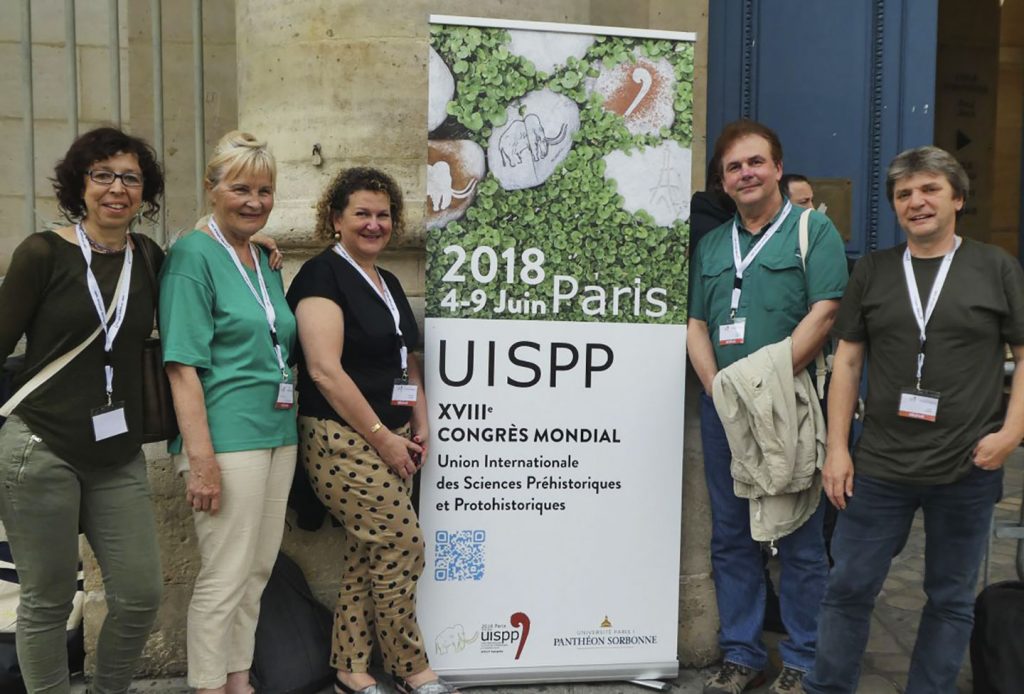MANILA, PHILIPPINES — An international team of archaeologists from the Philippines, Italy, Spain and Russia has put together and edited a special issue of the Journal of Archaeological Science: Reports, a leading international and Scopus-indexed journal that showcases new discoveries and developments in the field of archaeology. This special issue compiles recent research on the reconstruction of prehistoric technologies and the identification of function and the uses of ancient tools made of stone, bone, shell and other materials used by early humans. This extensive volume stems from two scientific sessions organized by the editors for the 18th World Congress of the International Union for Prehistoric and Protohistoric Sciences (UISPP), the world’s leading academic body for prehistoric archaeology, which was held at the Paris-Sorbonne University in June 2018.
The scientific sessions and this edited volume are among several activities of the UISPP Commission on Functional Studies. The Commission promotes the study of the diverse roles and functions of artefacts in human palaeoecology in order to understand the evolution and adaptation of tool technologies and behaviour within the socio-economic contexts of their prehistoric manufacturers and users. Also known as “Traceology,” specialists and research institutions around the globe are active in this field. Traceology is the major method for the identification of prehistoric activities and is based on the microscopic analysis of tool surfaces. To commemorate two outstanding scientific personalities who were of great importance in the establishment of this research method, this special volume is dedicated to Galina F. Korobkova and Lawrence H. Keeley, who were among the first followers of Sergei A. Semenov, recognised worldwide as the founding father of traceology as an archaeological discipline.


A total of 92 renowned authors and specialists representing no less than 45 universities, laboratories, and research institutions from 17 different countries have contributed to this special issue. They have provided us with 23 articles on cutting-edge research in the analysis of microwear traces and residues that represent a wide range of new and advanced methods in the discipline, making this volume a valuable compendium for several years to come.
In this regard, this volume goes beyond the initial separation of topics into the two sessions held at the UISPP Congress (“New Technologies and Methods in Traceology,” and “The Role of Traceology for Reconstructing Human Behaviour”). Beginning with an editorial and introduction to the issue and its topics, it sets out with a historiographical paper, then moves on to a set of studies focusing on bone tools. It then delves into a group of papers devoted to lithic artefacts, including some essentially methodological studies focusing not only on tools made of flint but also quartz and quartzite. The volume concludes with an innovative study that aims to shed light on cognitive issues.
The special issue has been edited by Alfred Pawlik (Ateneo de Manila University, Philippines), Andreu Ollé (Institut Català de Paleoecologia Humana i Evolució Social IPHES and Universitat Rovira i Virgili, Spain), Belén Márquez (Museo Arqueológico 2 Regional, Spain), Laura Longo (Univ. degli Studi della Campania Luigi Vanvitelli and Università Ca’Foscari, Italia) and Natalia Skakun (Institute for the History of Material Culture, St. Petersburg, Russian Federation).
“Functional Studies of Prehistoric Artefacts and their Socio-economic Meaning” is the second monographic volume published in a major scientific journal, edited by the current Commission on Functional Studies of the UISPP (the first being Ollé et al. 2017, published in Quaternary International). They demonstrate that traceology is a very dynamic and important discipline in archaeological science and it reflects intense research activities over the recent years, whereby its methods and techniques are constantly evolving and systematically applied to increasingly varied archaeological records across prehistoric periods and throughout the world.










